For many sailors, French Polynesia represents the ultimate cruising destination. Eileen from Sailing Blown Away shares her valuable insights into this stunning destination.
A scattered paradise of volcanic peaks, turquoise lagoons, and lush green islands, French Polynesia is a place that has captured the imagination of explorers and romantics for centuries. But beneath the picture-perfect surface lies a complex and challenging cruising ground.
This article delves into the realities of sailing in French Polynesia, offering a balanced perspective on the pros and cons, along with an essential guide to the must-see islands and experiences.
The allure of a French Polynesian sailing adventure
The appeal of sailing in French Polynesia is immediate and undeniable. The sheer natural beauty of the place is, for many, the primary draw. Imagine waking up to the iconic silhouette of Bora Bora’s Mount Otemanu, or anchoring in a remote Tuamotu atoll where the water is so clear you can see your anchor chain on the sandy bottom 60 feet below. These islands are not just beautiful; they are alive with a vibrant marine ecosystem.
- Snorkeling in Tikehau atoll
The five island groups of French Polynesia
French Polynesia is a sprawling oceanic territory comprised of five distinct and diverse archipelagos.
- Marquesas Islands
- Tuamotu Archipelago
- Society Islands
- Austral Islands
- Gambier Islands
For many trans-Pacific sailors, the Marquesas Islands serve as the first point of entry, greeting them with a dramatic, rugged landscape of soaring volcanic cliffs and deep, fjord-like bays that lack the protective embrace of barrier reefs.
Moving westward, cruisers encounter the stark contrast of the Tuamotu Archipelago, a vast collection of over 75 low-lying coral atolls and a massive chain of reefs, which provides a world-class playground for divers and snorkelers.
Further west, the Society Islands—the most well-known of the groups—offer a transition to civilization, featuring iconic destinations like Tahiti and Bora Bora with their dramatic volcanic peaks, lush valleys, and tranquil, reef-sheltered lagoons.
To the south, the Austral Islands are cooler and known for their agricultural products, though their exposure to extreme weather makes for more challenging sailing.
Finally, the remote Gambier Islands, located to the southeast, consist of a small cluster of volcanic high islands nestled within a stunning lagoon, renowned for their pearl farming and deep religious heritage.
- Exploring the Tuamotus
Pros of sailing in French Polynesia
When deciding where to sail, it can be useful to consider both the positives and the challenges of your potential cruising ground. These are six of the pros to sailing in French Polynesia.
1. Breathtaking scenery
French Polynesia is the stuff of postcards. The Society Islands, with their dramatic volcanic mountains and calm, sheltered lagoons, provide a stunning backdrop for any sail. The Tuamotu and Gambier archipelagos offer a different, but equally captivating experience, with their low-lying coral atolls and vibrant reef systems.
2. Unique and diverse archipelagos
The five main archipelagos offer a distinct sailing experience. You can spend months exploring one group alone and still feel like you’ve only scratched the surface. The Societies are known for their accessibility and iconic beauty, the Tuamotus for their world-class diving and pristine atolls, and the Marquesas for their rugged, wild landscapes.
3. Friendly and welcoming culture
Polynesian culture is deeply rooted in hospitality and a strong connection to the sea. Visitors are often met with genuine warmth and generosity. The Heiva festival, a major cultural celebration in July, is a spectacular display of traditional dance, music, and sports that every sailor should try to experience.
4. Vast and unspoiled territory
French Polynesia is a large, sparsely populated region. This means that even in the more popular areas, it is possible to find secluded anchorages and private beaches. For those seeking true solitude and a deep connection with nature, the more remote archipelagos offer an unparalleled sense of adventure.
5. Relatively safe cruising
Compared to some other global cruising destinations, French Polynesia is known for being very safe. Crime, particularly against sailors, is extremely rare, allowing you to relax and enjoy the environment without constant worry.
6. Consistent trade winds
For much of the year, the trade winds blow steadily from the southeast, providing ideal conditions for downwind sailing between the islands. This makes for exhilarating and relatively straightforward passages.
- Brown with a new friend
- Anchored in French Polynesia
- Coprah bagging
The realities and challenges of cruising in paradise
While the dream of sailing in French Polynesia is intoxicating, a sailor must be prepared for the realities of cruising in such a remote and unique environment. This is not the Caribbean; the distances are vast, the logistics can be complex, and the costs can add up quickly.
1. Vast distances
The archipelagos of French Polynesia are spread out over a massive area of the Pacific Ocean. The passage from the Marquesas to the Society Islands, for example, is several hundred nautical miles and can take many days. This requires a functional boat, a prepared crew, and the ability to accurately read weather forecasts.
2. Difficult logistics and high costs
French Polynesia is an expensive place to live and sail. Groceries, fuel, and boat parts are all significantly more costly than in many other parts of the world. Getting parts shipped in is a long, expensive, and sometimes frustrating process due to customs regulations. This means a well-stocked boat with plenty of spare parts is essential, or regular visitors who can carry in what you need.
3. Navigation and anchoring challenges
The stunning coral reefs that create the beautiful lagoons are also a major hazard. Navigation requires constant vigilance, especially when entering and exiting the passes, which can have strong currents and bommies that reach just below the surface. Anchoring is a skill unto itself, as you must carefully place your anchor in a sandy patch to avoid damaging the delicate coral heads. Many cruisers use floats on their anchor chains to keep them off the coral. This is a necessary skill to master.
4. Limited services and infrastructure
While the main hubs like Tahiti and Raiatea have marinas and some repair services, the more remote islands have very little. There are no chandleries in the Tuamotus, for instance. This necessitates a high degree of self-sufficiency. Thankfully, it is possible to receive parts and groceries by air.
5. The “Cruiser’s time limit”
Provided sailors apply for a long stay visa in advance, French Polynesia offers an initial one-year visa for crew and two years for a private vessel. Renewing the visa for a second year is a straightforward process. If you plan to stay two years, try to arrive in French Polynesia after 1 May or you will have to check out prior to the end of cyclone season, leaving you in limbo. Resist the restlessness of the sailors flying through in 3 months as you will regret missing out on fully exploring the region.
6. Cyclone season
The official cyclone season runs from November to April, bringing the risk of storms and high winds. While French Polynesia is generally considered to be outside the main cyclone belt, tropical depressions can and do form, requiring careful weather monitoring and planning.
Potential anchoring limitations
The Polynesian Maritime Affairs Directorate (DPAM) has launched a new online reservation system called “Escales” to manage recreational boats. The program, currently in a pilot phase, aims to protect fragile marine ecosystems by placing environmentally friendly moorings in popular spots like Fakarava and Moorea. The official policy is that sailors must register their boats online to eventually reserve a spot and follow stay limits. However, in reality, the program is currently “in theory only” as there is no active monitoring or enforcement of the rules. The long-term goal is to prevent damage to the seabed, better manage traffic, and provide sailors with updated information and support.
- SV Blown Away with our anchor floats out the front
Essential things not to miss
Beyond the sailing itself, French Polynesia offers a wealth of experiences that a visiting sailor should not pass up. These are a few of the highlights we experienced, but this list is just the tip of the iceberg; beautiful places and experiences await you in every bay of every island.
The Marquesas Islands
Here are two must-sees in the Marquesas:
Hiva Oa’s Ancient Tiki: The Marquesas are known for their wild, rugged beauty and rich history. On Hiva Oa, you can visit Ma’ae Lipona‘s ancient tiki statues, some of the largest in Polynesia, and explore the dense, green valleys.
Fatu Hiva’s Bay of Virgins: The dramatic, fjord-like entrance to the Bay of Virgins on Fatu Hiva is a sight to behold. The island is also famous for its traditional art, including intricate wood carvings and tapa cloth.
- Anchored in Bay of Virgins
The Tuamotu Archipelago
These are my top picks for the stunning Tuamotu Archipelago:
Tahanea’s Nature: A pristine and uninhabited atoll, Tahanea is renowned among sailors and divers for its untouched natural beauty. A designated nature reserve, it offers a true escape from civilization with no permanent residents, stores, or cell service. The atoll is known for its healthy reefs and a vibrant, diverse marine ecosystem, making its three passes a spectacular destination for drift snorkeling and diving.
Fakarava’s Diving: A UNESCO Biosphere Reserve, Fakarava is a diver’s and snorkeler’s paradise. Its famous passes are home to a staggering array of marine life, including a “wall of sharks.” The diving here is considered world-class.
Fakarava’s Pink Sands: During safety stops, visit the famous pink sand beaches, which are formed by tiny pieces of red and pink coral.
Tikehau’s Garden of Eden: Nestled on a secluded motu in the Tikehau atoll, the “Garden of Eden” is a fascinating and unexpected sight. This organic farm, established by a small religious community, stands as a testament to self-sufficiency and perseverance. Despite the famously infertile coral sand of the Tuamotus, the residents have managed to cultivate a lush garden bursting with a variety of fruits and vegetables, from papayas and limes to lettuces and herbs. Visitors are welcomed to tour the property, witness their innovative farming techniques, and even purchase some of their homegrown produce, offering a unique and rewarding glimpse into a different way of life in this remote part of the Tuamotus.
The Society Islands
These were some of the highlights of our time in the Society Islands:
Bora Bora’s Lagoon: While it can be crowded, the iconic turquoise lagoon of Bora Bora is a must-see. Snorkel with manta rays, fevers of eagle rays, and blacktip sharks, and enjoy the dramatic views of the volcanic peaks from the water. If you are a WW2 history buff, you will love visiting the multiple cannon sites installed by the US Military in Operation Bobcat.
Raiatea’s Sacred Heritage: Known as the “Sacred Island,” Raiatea is the spiritual heart of Polynesia. Visit Marae Taputapuatatea, a UNESCO World Heritage site and an ancient temple complex that was a center for religious and political life. This year we had the privilege of attending the 50th anniversary of the arrival of the Hokulea, the vessel that travels all over the South Pacific by ancient navigation techniques.
Taha’a, the “Vanilla Island”: Taha’a shares a lagoon with Raiatea and is famous for its fragrant vanilla plantations. Take a tour to learn about the painstaking process of hand-pollinating the orchids and buy some of the world’s finest vanilla.
Moorea’s Dramatic Landscape: Just a short sail from Tahiti, Moorea boasts dramatic peaks, lush valleys, and stunning bays. Rent bikes and cycle the island, complete the treks to Belvedere, Magic Mountain, and various other trails.
The Heiva Festival: If your timing is right (July), immerse yourself in the Heiva I Tahiti or the smaller Heiva festivals on the other islands. This is a spectacular celebration of Polynesian culture, with traditional dance competitions, fire dancing, and ancient and modern sporting events.
- Heiva
- Bora Bora sunset
Insider tips for sailing in French Polynesia
After 18 months of sailing in French Polynesia, we’ve gathered a few key insights that made our experience truly unforgettable.
1. Secure a Long-Term Visa: Every sailor we met with a three-month visa regretted having to rush through this incredible country. Obtaining a long-term visa (of one year) will allow you to explore at a more relaxed pace and truly immerse yourself in the culture.
2. Provision Extensively Before You Cross: French Polynesia is significantly more expensive than many other destinations. Stocking up on non-perishable goods and essential provisions before your crossing will save you a considerable amount of money and give you peace of mind (Use a food saver to preserve grains, beans, rice, and past)
3. Haul Out Before You Arrive: Hauling out for boat maintenance is particularly expensive in French Polynesia. If possible, complete any major maintenance or bottom painting before you enter the country to avoid the high costs.
4. Bring Crucial Spare Parts: Shipping parts to French Polynesia can be a slow, expensive, and complicated process. We recommend bringing essential spares for your watermaker, engines, and other critical systems to ensure you’re self-sufficient.
5. Invest in Bicycles: Cycling is one of the best ways to explore the islands. Traveling slowly allows you to see more, interact with locals, and experience the relaxed pace of island life.
6. Get a Vini e-SIM Card: A Vini Surf-n-Go e-SIM card is an essential tool for navigation and communication. It provides reliable access to Google Maps, NoForeignLand, and other crucial apps while exploring each island.
7. Leverage Cruising Resources: NoForeignLand is an invaluable resource for finding anchorage information, and tips from other cruisers. You also wwant to join the specific WhatsApp groups for French Polynesia and each island group. They provide real-time information, local tips, and can be a great way to connect with other sailors.
8. Plan Around Major Events: Try to time your visit to align with key cultural events. Whale season (typically July-November) in Moorea and Tahiti and the annual Heiva festival (July) are not to be missed.
9. Embrace a Slow Pace: The prevailing easterly winds make sailing back to island groups challenging. By exploring slowly and thoroughly, you can avoid backtracking and have a much richer and more fulfilling experience.
Cruising in a Pacific paradise
Sailing in French Polynesia is not a casual vacation; it is an expedition. It requires careful planning, a well-prepared vessel, and a budget to match. However, for those who are willing to embrace the challenges, the rewards are immeasurable. The chance to immerse yourself in a culture deeply connected to the sea, to explore remote and pristine islands, and to witness some of the most spectacular natural beauty on Earth makes it a sailing adventure of a lifetime. The pros of a French Polynesian sailing trip far outweigh the cons, and for those who make the journey, the memories created will last a lifetime.

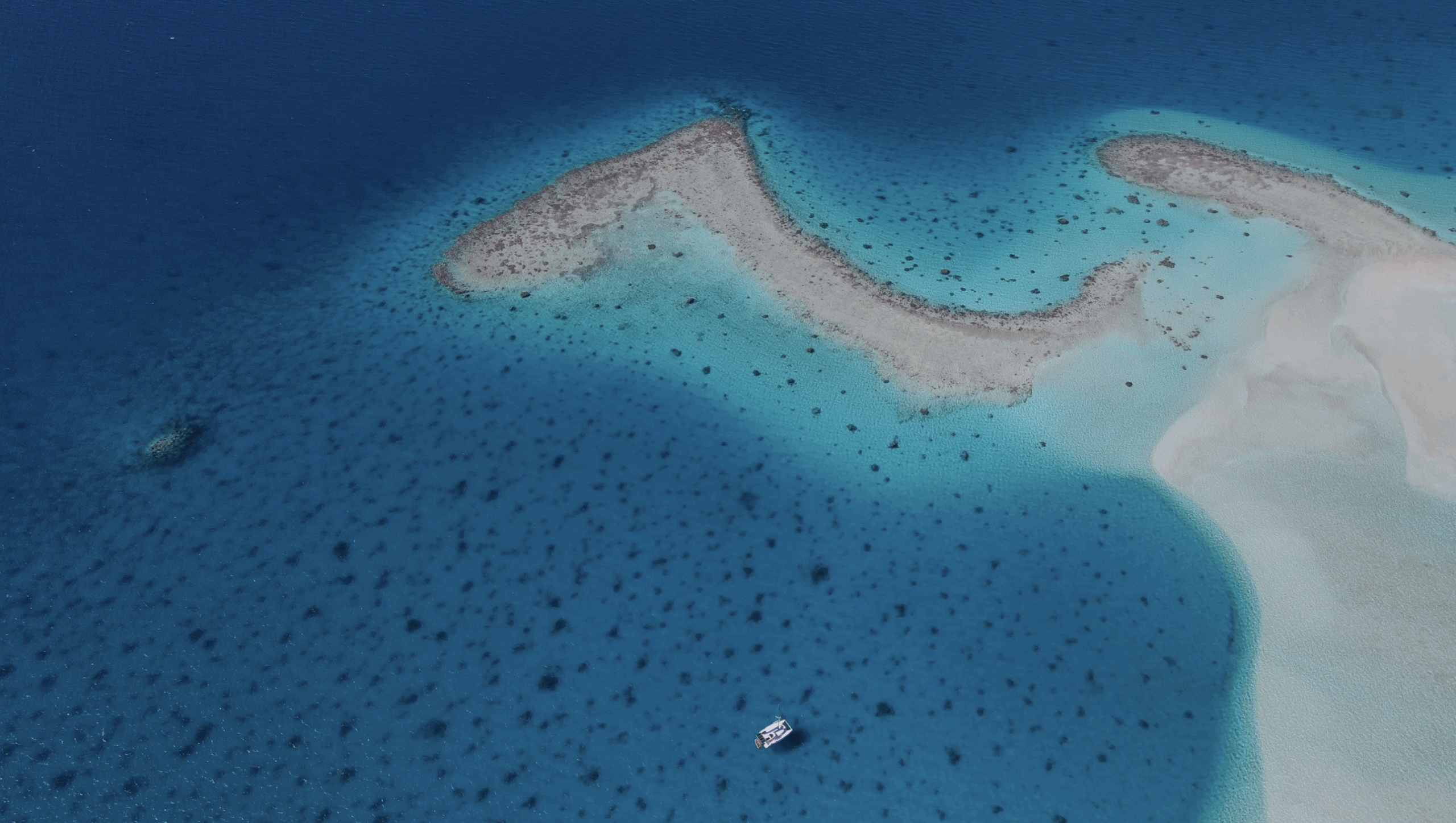
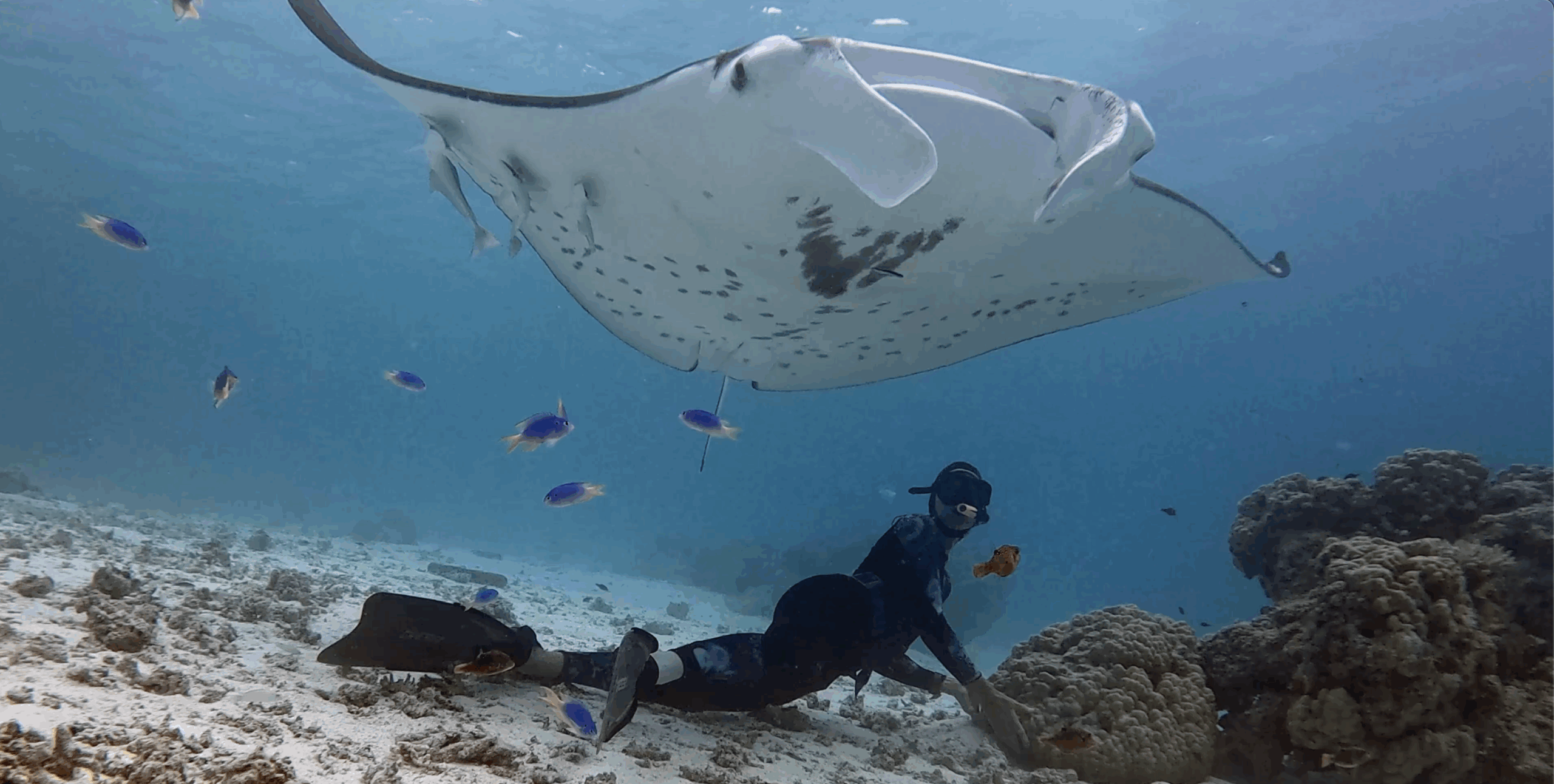


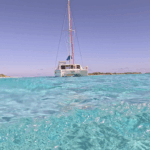
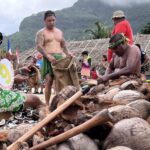
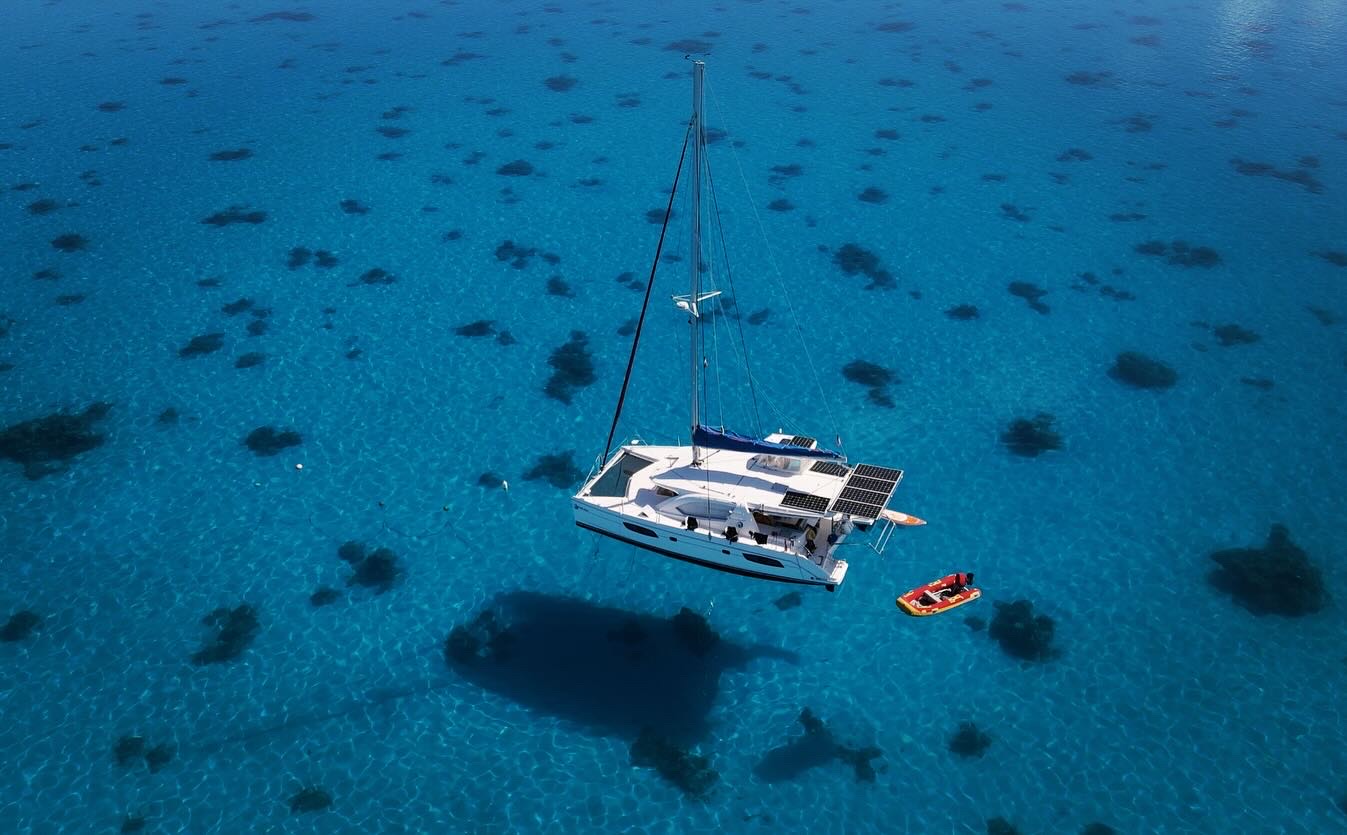


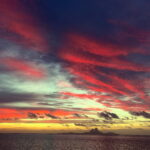






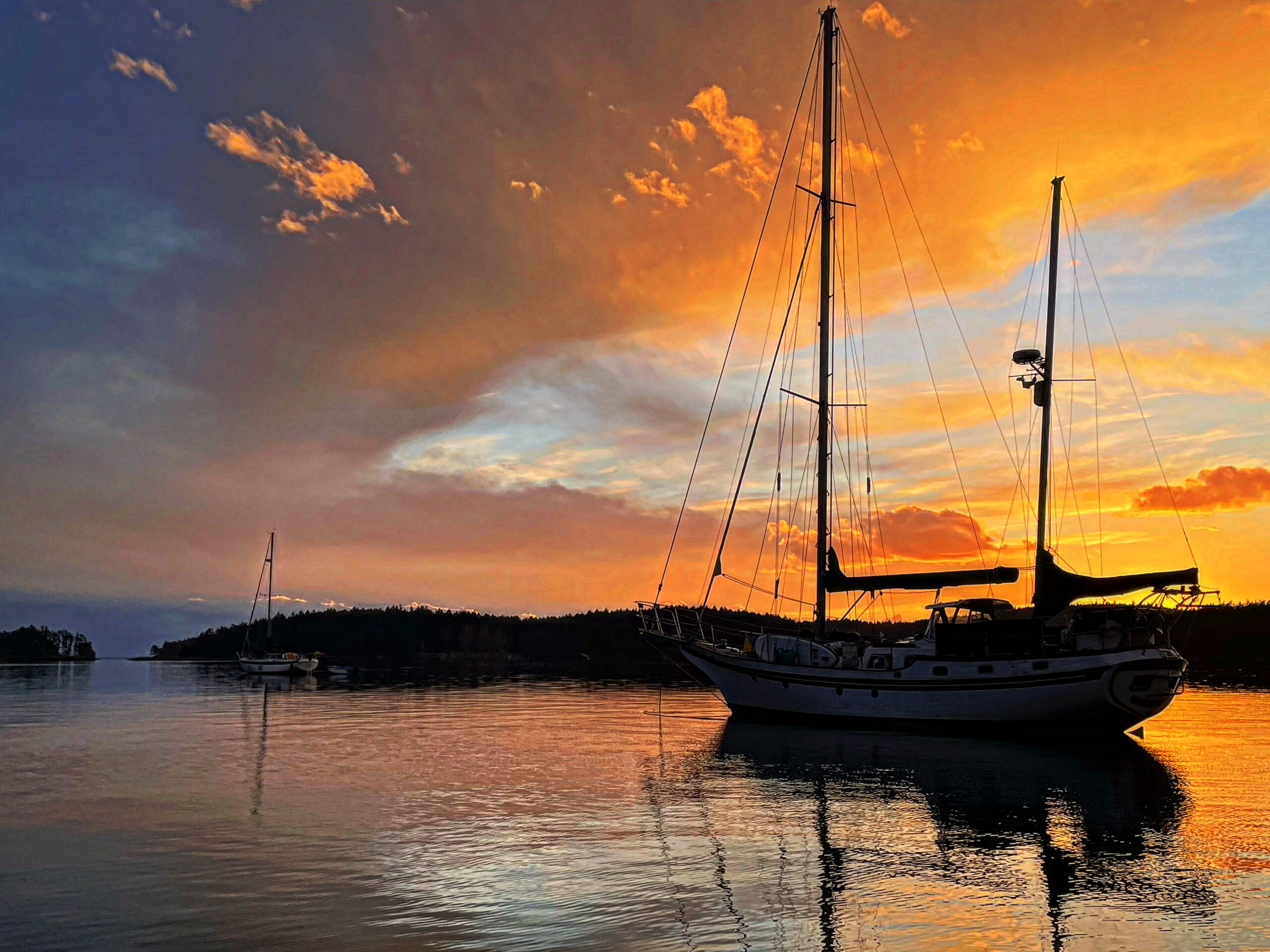
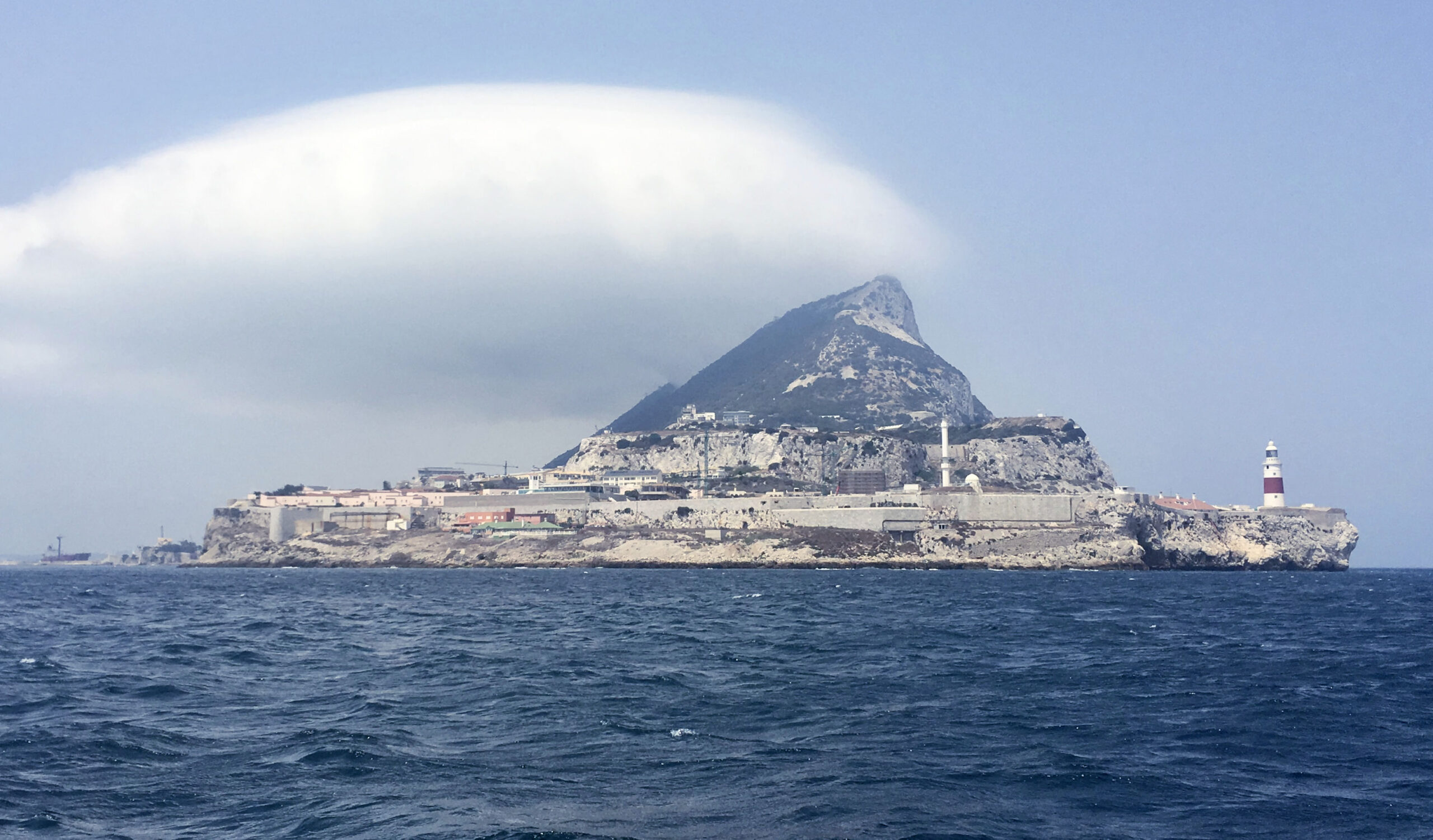
Eileen, that’s a lovely article which brings back great memories of our very slow passage through French Polynesia a few years ago. Thank you for writing it. Cheers Richard
Thank you for your kind words, Richard. I am glad that it brought back some great memories!
Hats off to you for the great article and having done and learnt so much after only 4 yrs of sailing 👍.impressed !
Thank you for your kind words and encouragement. The more we know, the more we realize how little we know! HA!
Thank you for the efforts to share the information. It was helpful for sure.
I am so glad you enjoyed it and found it to be helpful!! Thanks for your comment.